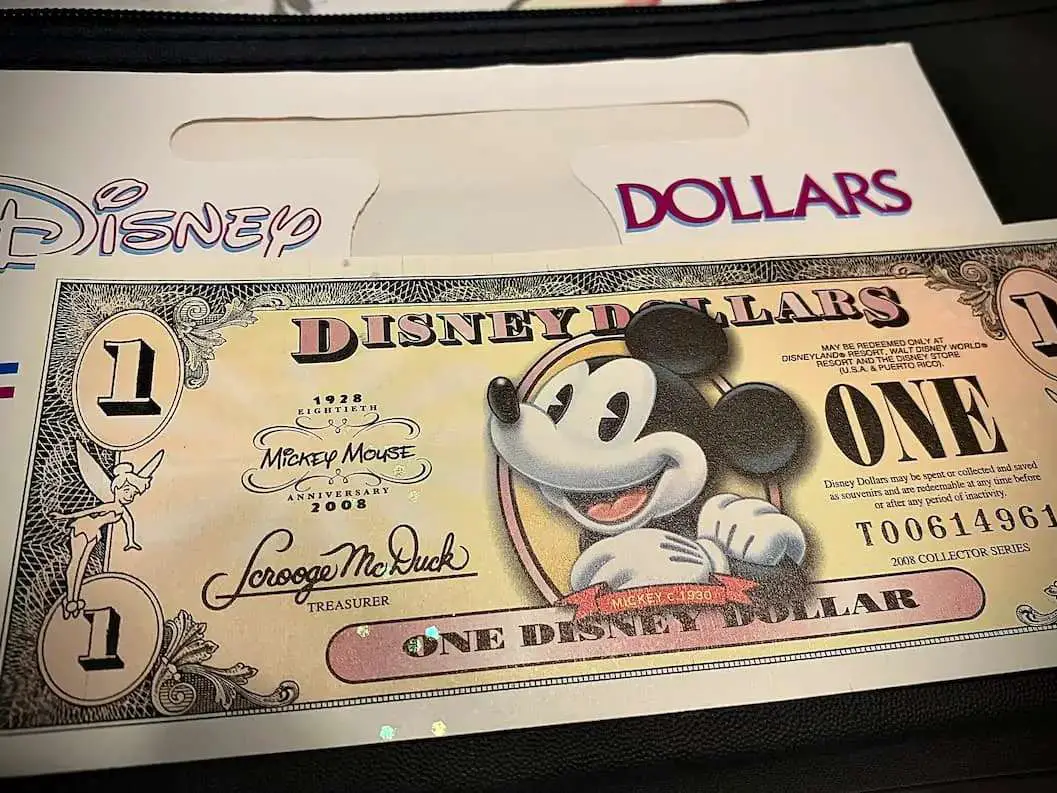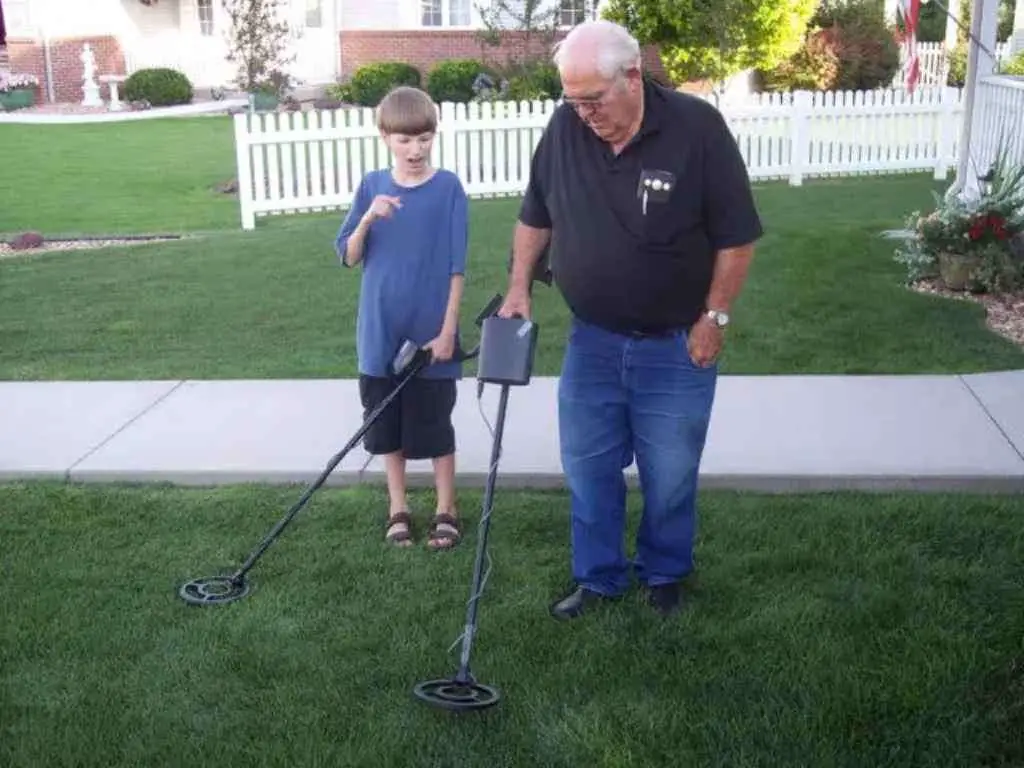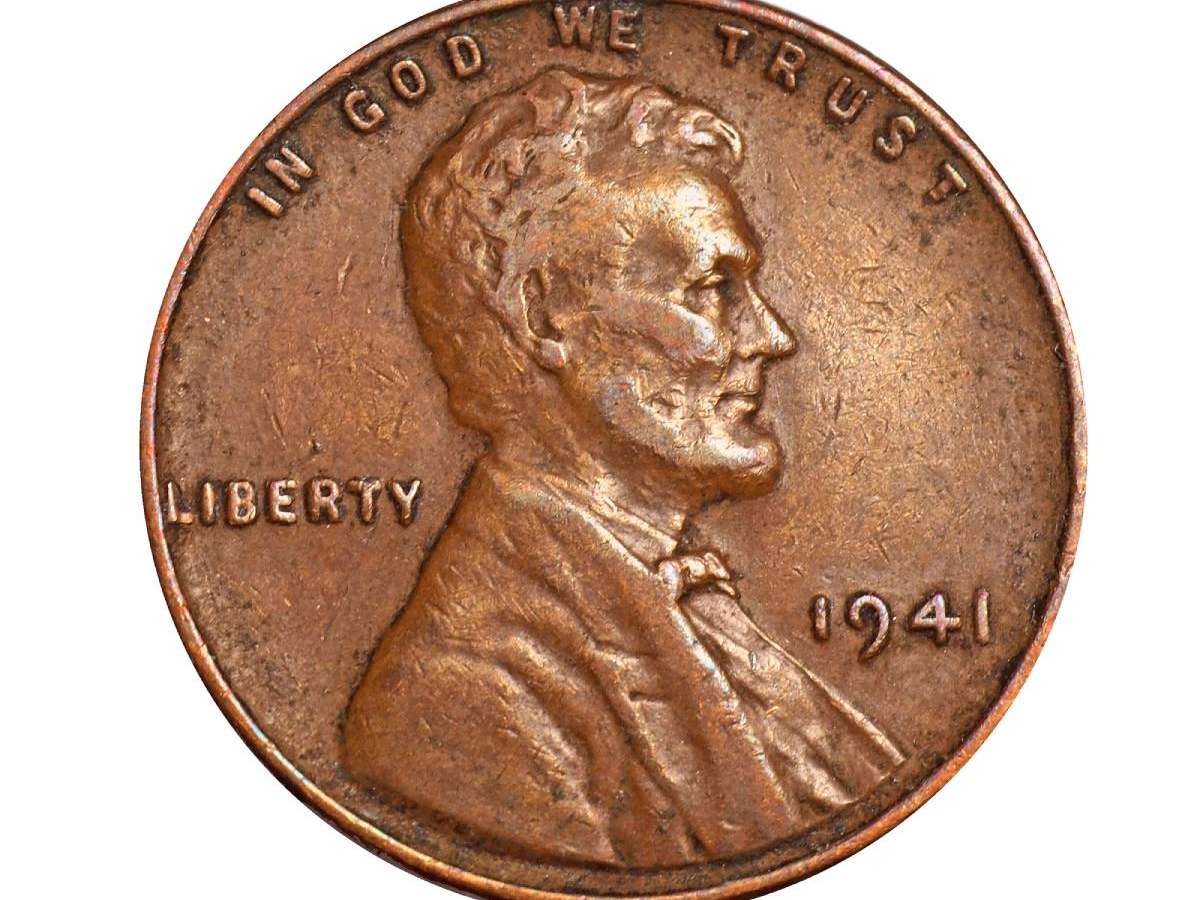Have you found a 1788 / 2000 Virginia quarter?
Do you know how to tell if it’s one of the rare 50 State Quarters with an error?
If you’re not sure what types of errors to look for on a Virginia state quarter, I can help!
There are many kinds of Virginia state quarter errors floating around.
Today, I’m going to tell you exactly what they are… and how much they’re worth.
You’ll also find out how much ordinary Virginia state quarters (those without any errors) are worth and if you should keep them… or spend them.
NOTE: The 1788 date on a Virginia state quarter represents the year Virginia entered the Union. All Virginia quarters were struck in the year 2000 — so there is, technically, no Virginia 1788 quarter.
Types Of Virginia Quarter Errors
Many types of Virginia state quarter errors exist today — some of them aren’t worth much more than face value, while others are worth a pretty penny.
Here’s a rundown on some of the more popular Virginia quarter errors and their values:
Doubled Dies
Doubled dies are among the most popular types of error coins, and there appear to be a few among the Virginia state quarters. For example, some Virginia quarters also show evidence of doubling on Washington’s ear or in the inscription IN GOD WE TRUST.
Pieces like these don’t trade very often in the marketplace, so pricing data is sketchy. But similar pieces are worth anywhere from $10 to $25, sometimes more.
Off-Center Strikes
If you find a 2000 Virginia quarter that’s not struck perfectly on square (meaning some of the design is missing because it wasn’t completely struck on the center of the blank coin) — it could be worth more.
An off-center error may be off as little as 1% or 2%, or as much as 99%. Off-center errors that are only 1% or 2% are pretty common and really not worth much more than their normal values. But if your quarter is 5% to 10%, off the value really starts going up! The more off-center the coin is (provided the date is still fully legible), the more it’s worth.
Values for off-center Virginia state quarters are:
- 5% to 10% off center — worth $10 to $20
- 50% or more off center — worth $100+
Missing Letters / Features
This is where things can get a little tricky. Some quarters are missing letters because of excessive wear. In other cases, the missing features are caused by an error.
One of the most common errors in which letters would be missing from a Virginia quarter is a strikethrough filled error. This happens when foreign matter (such as grease) gets stuck inside parts of the coin die. This often happens where there are small crevices on the die — such as the lettering. Strikethrough error quarters are worth anywhere from $25 to $100, depending on how drastic the error.
Another type of error in where you may find missing letters or other design details on a Virgina quarter is a die adjustment strike. These rare errors are made when U.S. Mint officials are testing die striking pressure, and they don’t set the strike hard enough — causing very weak lettering and design details. Die adjustment error quarters are very valuable and worth as much as $500, often even more.
Die Cracks, Die Breaks & Die Chips
Die cracks or die breaks occur when the coin die is aging and begins to show heavy signs of wear.
Die breaks / die cracks appear as straight or jagged raised lines across the surface of one side of the coin. They often appear near the rim of the coin — usually around lettering or other design elements near the edge of the coin. Some are very short in length, and others creep across the entire surface of the coin.
Very tiny, lumpy die cracks are known as die chips. These are generally found inside the loops of letters such as “Bs,” “Ds,” “Os,” or “Ps.” However, sometimes they appear in the middle of the field (the flat area of the coin’s surface).
Die cracks and die chips range in value depending on the size, location, and overall prominence of the crack. A small die crack on a Virginia quarter might be worth anywhere from $3 to $5, while those that reach from rim to rim could bring well over $100. (Die chips are usually worth much less, with some taking only $1 or $2.)
Some die cracks are worth a lot of money if they’re popular among a lot of collectors. For example, the 1999 Spitting Horse Delaware Quarter became a well-known error that was once selling for $250 to $500.
Broadstruck Errors
You know those little lines on the edge of Virginia quarters? They’re called reeds, and they’re struck onto the coin with the use of something called a retaining collar — into which the coin is squeezed when the obverse (heads side) and reverse (tails side) dies strike the blank coin.
When the coin isn’t struck inside its retaining collar, it spreads flatter than normal.
You can tell if you have a broadstruck Virginia state quarter error or not if it:
- Doesn’t have its reeded edge
- Doesn’t have a fully struck rim
- Is a bit wider than a normal quarter
- Is also thinner than a typical quarter
Broadstruck quarters are valuable errors, so if you happen to have a broadstruck Virginia quarter, it can be worth anywhere from $25 to $100.
How Much Is A 2000 Virginia Quarter Worth… With No Errors?
Now let’s say your Virginia state quarter doesn’t have any errors. Is it still worth something extra?
Because so many were made, a regular 2000-D Virginia quarter or 2000-P Virginia quarter without an error isn’t worth very much at all. Circulated examples (like those found in pocket change) are worth only face value.
How Much Is A 2000 Virginia Quarter In Mint Condition Worth?
Nicely well-preserved Virginia state quarters in mint state condition are worth about 50 cents to $1.
Proof coins were made for coin collectors and are worth a little more. Here are the values for a 2000 Virginia quarter from the San Francisco Mint with an “S” mintmark:
- Copper-nickel clad proof 2000-S Virginia quarters are worth $2 to $3
- 90% silver proof 2000-S Virginia state quarters are worth closer to $5 or $10
You can occasionally find 2000-S proof quarters in circulation — but these are mostly found in proof sets or sold as single proof coins by coin dealers.
How Many Virginia State Quarters Were Made?
Nearly 1.6 billion were made!
Here’s a breakdown on the mintage of Virginia quarters:
- A total of 1,594,616,000 Virginia state quarters were made for circulation — with 943,000,000 made at the Philadelphia Mint (2000-P Virginia quarters) and 651,616,000 coming from the Denver Mint (2000-D Virginia quarters).
- A total of 4,985,593 proof Virginia quarters were made for coin collectors (2000-S Virginia quarters) — with 4,020,172 copper-nickel proof examples and 965,421 silver proofs made.
That’s a lot of quarters! No wonder you see so many Virginia quarters in your loose change these days.
I’m the Coin Editor here at TheFunTimesGuide. My love for coins began when I was 11 years old. I primarily collect and study U.S. coins produced during the 20th century.
I’m a member of the American Numismatic Association (ANA) and the Numismatic Literary Guild (NLG) and have won multiple awards from the NLG for my work as a coin journalist. I’m also the editor at the Florida United Numismatists Club (FUN Topics magazine), and author of Images of America: The United States Mint in Philadelphia (a book that explores the colorful history of the Philadelphia Mint). I’ve contributed hundreds of articles for various coin publications including COINage, The Numismatist, Numismatic News, Coin Dealer Newsletter, Coin Values, and CoinWeek.
I’ve authored nearly 1,000 articles here at The Fun Times Guide to Coins (many of them with over 50K shares), and I welcome your coin questions in the comments below!






